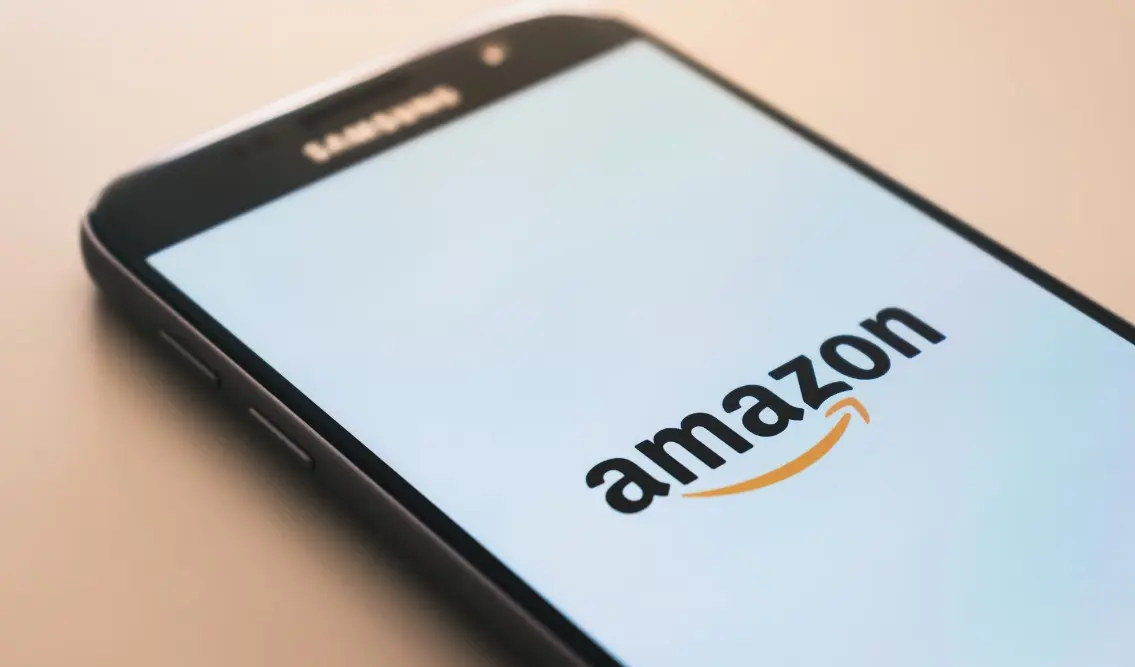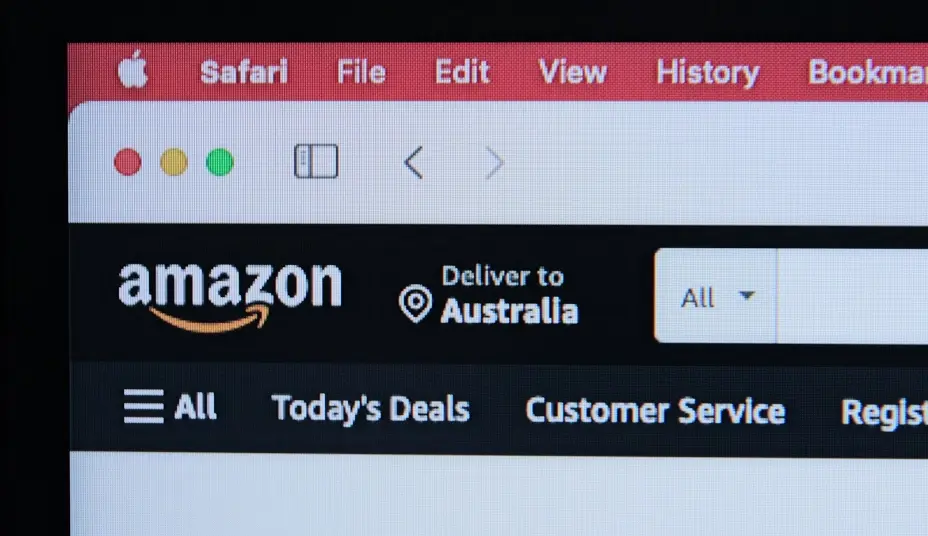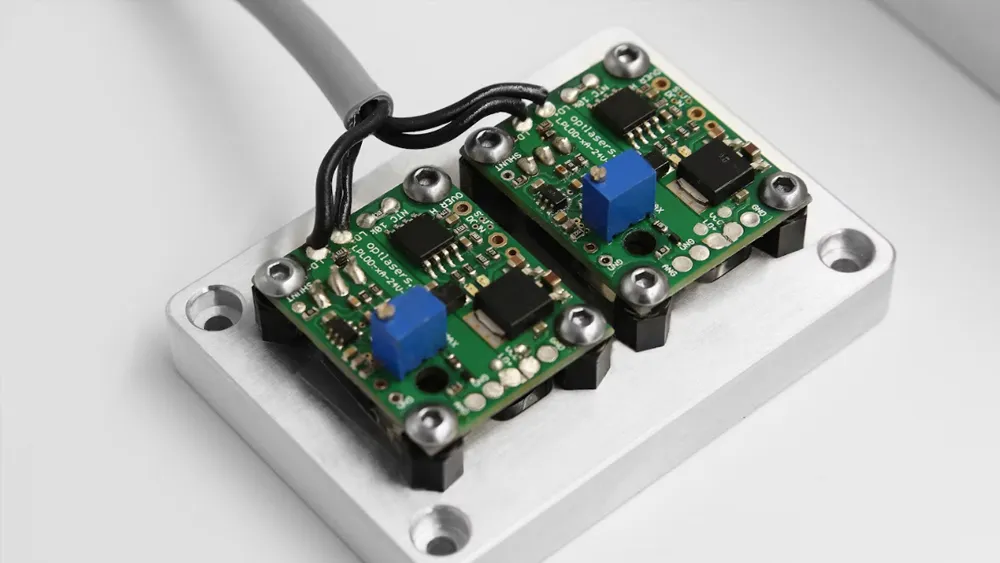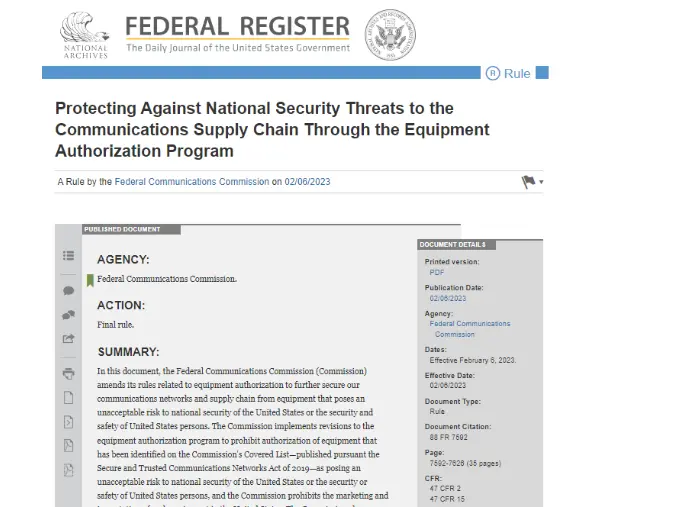
Chemical Testing for Products Exported to Europe and America
In the European and North American markets, strict environmental regULations have become critical thresholds for market entry. For businesses aiming to expand internationally, understanding and complying with the following cheMICal testing requirements is essential.

United States Market
1. cpsia testing (Consumer Product Safety Improvement Act)
Scope: Primarily targets children’s products such as toys and apparel.
Requirements:
Lead Content:
In coatings: ≤ 90 ppm (0.009%)
In substrates: ≤ 100 ppm (0.010%)
Phthalates:
Specific phthalates are strictly banned in children's toys and childcare articles.
Limit for certain phthalates: ≤ 0.1%
Purpose: To prevent potential harm from heavy metals and plasticizers to children's health.
2. FDA Testing (Food and Drug Administration)
Applicable Products: Items in contact with food (e.g., tableware, kitchen utensils), cosmetics, pharmaceuticals, and medical devices.
Key Focus:
Limits on migratory substances such as heavy metals, plasticizers, formaldehyde, etc.
Screening for prohibited ingREDients in cosmetics (e.g., hydroquinone, mercury compounds).
Compliance Objective: Ensure no safety risks when the product contacts the human body or food.
3. California Proposition 65 (CA Prop 65)
Unique Regulation:
California maintains a list of over 900 chemicals known to cause cancer or reproductive toxicity, including lead, cadmium, formaldehyde, and certain phthalates.
Common Scenarios:
Electronics and jewelry must label lead and cadmium content.
Toys and furniture must limit phthalates (e.g., DIDP, DPHP) to ≤ 0.1%.
Warning Requirement:
If a product contains hazardous substances above the threshold, a clear warning label (e.g., “may cause cancer”) must be displayed on the packaging or label.
4. ASTM F963-23 (Toy Safety Standard)
Scope: Covers physical, mechanical, chemical, and flammability safety for toys.
Chemical Focus:
Soluble heavy metals limits, such as:
Lead ≤ 90 ppm
Cadmium ≤ 75 ppm
European Market
1. RoHS (Restriction of Hazardous Substances Directive)
Scope: Electrical and electronic equipment including phones, appliances, and cables.
Restricted Substances & Limits:
Lead (Pb): 0.1% (1000 ppm)
Cadmium (Cd): 0.01% (100 ppm)
Mercury (Hg), Hexavalent Chromium (Cr6+), PBB, PBDE: each limited to 0.1% (1000 ppm)
Recent Update:
Since 2021, four phthalates (DEHP, BBP, DBP, DIBP) are also restricted to ≤ 0.1%.
2. REACH (Registration, Evaluation, Authorisation, and Restriction of Chemicals)
Regulatory Framework:
Applies to around 2,000 Substances of Very High Concern (SVHCs) on the EU market. Covers the full lifecycle of products including chemicals, plastics, textiles, etc.
Examples:
Detection of azo dyes (e.g., banned aromatic amines) in textiles.
Chromium VI in leather goods: limit ≤ 3 ppm.
3. Food Contact Materials Testing (EC 1935/2004 and related regulations)
Standards by Material:
EU regulations define specific migration limits for various materials:
Plastics: Migration limits for heavy metals and monomers like BPA.
Ceramics: Limits on lead (≤ 4 mg/L) and cadmium (≤ 0.3 mg/L) release.
4. PAHs (Polycyclic Aromatic Hydrocarbons)
Relevant Products:
Rubber, plastics, lubricants, and coatings in prolonged skin contact, such as tires, grips, toys, etc.
Restricted Substances:
15 PAH compounds. For example, Benzo\[a]pyrene (a known carcinogen) is limited to ≤ 0.2 ppm in certain categories.
5. EN71-3 (Toy Safety – Chemical Requirements)
Similar to ASTM F963:
Both restrict soluble heavy metals such as lead, cadmium, and antimony.
Stricter EU Limits:
EN71-3 regulates 19 elements with more stringent thresholds in some cases.
Conclusion
As environmental regulations in Europe and North America continue to evolve, the scope and stringency of chemical testing requirements are expanding. Companies exporting products overseas must ensure compliance with local environmental laws and standards.
If you have any questions, please contact JJR Laboratory Chinato ensure your products enter the target market smoothly.
Email:hello@jjrlab.com
Write your message here and send it to us
 What are ASTM F963 and CPSIA?
What are ASTM F963 and CPSIA?
 Comparison of ASTM F963 and EN 71
Comparison of ASTM F963 and EN 71
 How to get CSA C22.2 NO.256:14 Test Report?
How to get CSA C22.2 NO.256:14 Test Report?
 How much is the ISTA Amazon Packaging & Shippi
How much is the ISTA Amazon Packaging & Shippi
 Amazon Product Laboratory Testing Requirements
Amazon Product Laboratory Testing Requirements
 How to Get EPA Certificatio
How to Get EPA Certificatio
 What is EPA Certification in the United States?
What is EPA Certification in the United States?
 What is an FCC Registered Agent?
What is an FCC Registered Agent?
Leave us a message
24-hour online customer service at any time to respond, so that you worry!




